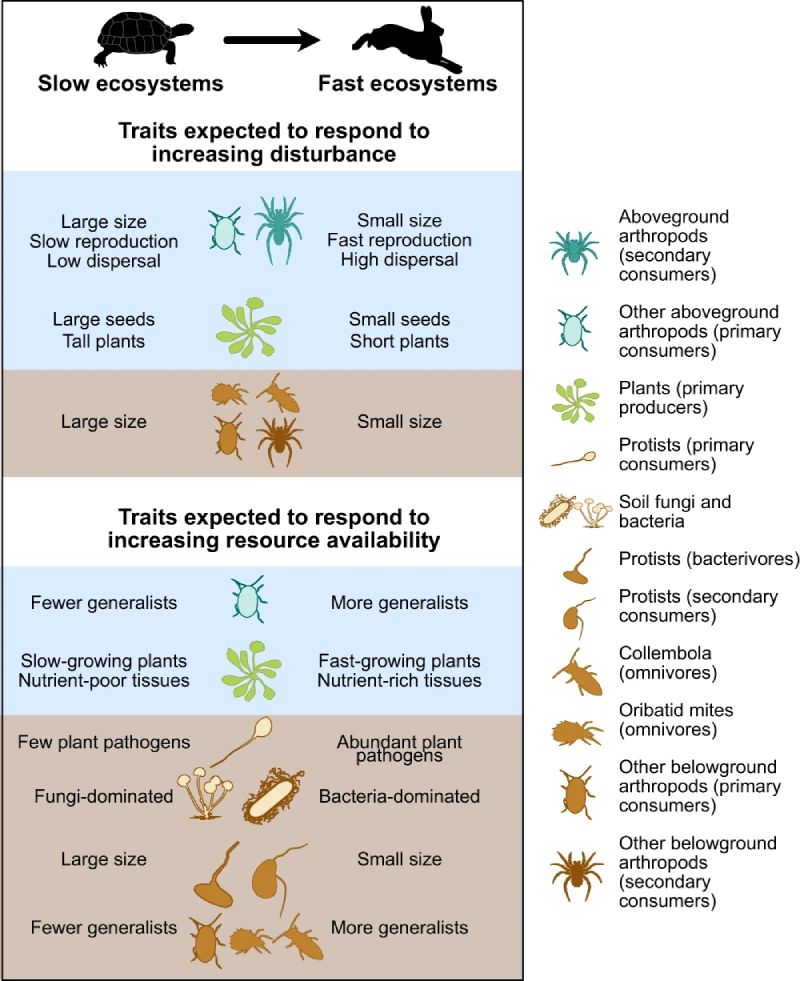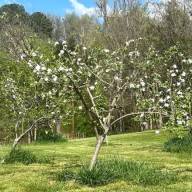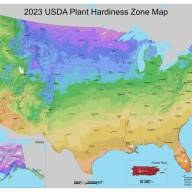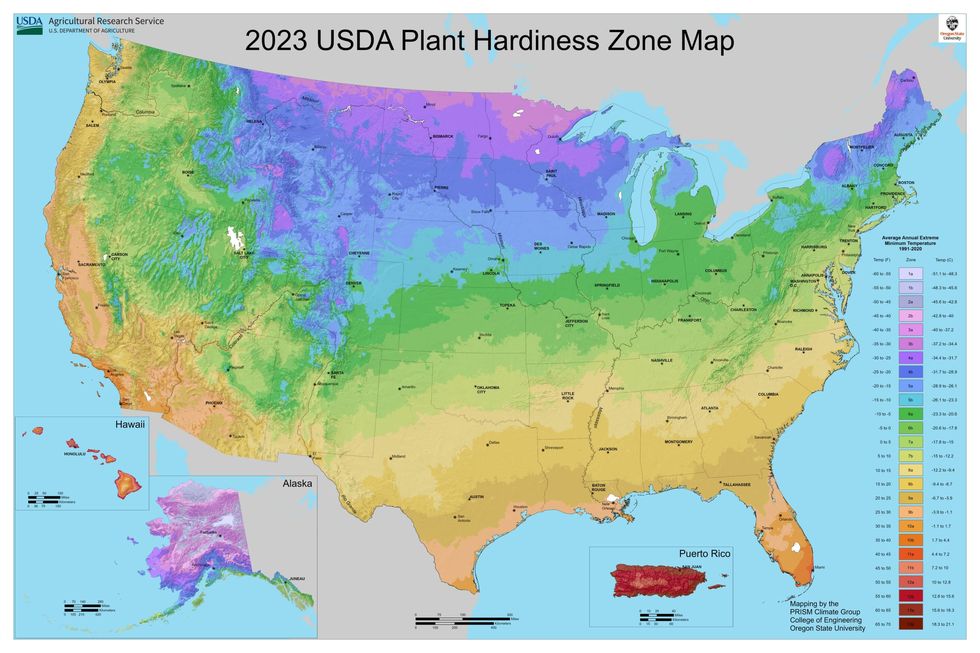Here’s the final sentence of the first paragraph in an article released by yahoo.com on 14 February 2024: “The USDA just updated its plant hardiness zone map for the first time since 2012, and there have been some major changes.” In other words, the United States Department of Agriculture has altered their map of plant hardiness zones for the first time in more than a decade.
Plant hardiness zones have been described since 1927, initially with eight zones, and now with 13 zones. Although the article at yahoo.com focuses on gardening, the implications for all ecosystems on Earth are clear.
This new map of plant hardiness zones was released in November 2023. According to the new map, about half of the United States has shifted to a new hardiness zone. The article at yahoo.com expresses the issue in this manner: “That's really big news if you consider 80 million Americans use this map to decide on what and when to grow! Simply put, the types of plants that are able to grow successfully has changed for 50 percent of the country, according to data collected by over 13,000 weather stations across the U.S.” Obviously, this finding has implications well beyond gardening. If the physical characteristics of the Northern Hemisphere have changed, then the ability of organisms to keep up with those characteristics is an important consideration. As I have repeatedly pointed out, the rate of environmental change is critically important to the continued existence of species and populations.
A related article was published at Phys.org on 16 February 2024: ‘Live fast, die young’: Agriculture is transforming entire ecosystems. Here’s the opening paragraph: “A research team has investigated the effects of agricultural grassland use on communities of organisms. Their study, recently published in the journal Nature Communications, for the first time reveals that measures such as fertilization and mowing affect organisms at all levels of an ecosystem and across entire food chains, thereby accelerating the entire system.”
The peer-reviewed, open-access paper in Nature Communications was published on 10 February 2024. Written by 53 scholars, the peer-reviewed paper is titled A slow-fast continuum at the whole community level in relation to land-use intensification. Perhaps the most important part of this peer-reviewed paper is a figure that depicts the relationship between land-use intensity and a community-level axis used to illustrate the rapidity of guild function. The community-level analysis uses Principal Coordinates Analysis to demonstrate the strong relationship between land-use intensity and the rate of energy exchange and material cycling within communities. The guilds used include plants, which are primary producers; aboveground arthropods, which are divided into primary consumers and secondary consumers; birds, which are tertiary consumers; belowground bacteria and fungi, which are decomposers, belowground arthropods, which are primary consumers, Collembola, which are omnivores; Oribatid mites, which are omnivores; and other belowground arthropods, which are secondary consumers.
The graph shows land-use intensity on the horizontal axis. Ecosystems labeled fast or slow are used to indicate the rate of energy exchange and material cycling within communities. For example, tortoises are used to indicate slow ecosystems. Organisms with large body sizes, slow reproduction, and slow dispersal from the location of birth to the location of reproductive success characterize these ecosystems. In contrast, rabbits are used to indicate fast ecosystems. Organisms with small body sizes, rapid reproduction, and rapid dispersal from the location of birth to the location of reproductive success characterize these ecosystems.

The Abstract of the paper in Nature Communications includes this information: “… we combine trait data for >2800 above- and belowground taxa from 14 trophic guilds spanning a disturbance and resource availability gradient in German grasslands. The results indicate that most guilds consistently respond to these drivers through both direct and trophically mediated effects, resulting in a ‘slow-fast’ axis at the level of the entire community. Using 15 indicators of carbon and nutrient fluxes, biomass production and decomposition, we also show that fast trait communities are associated with faster rates of ecosystem functioning. These findings demonstrate that ‘slow’ and ‘fast’ strategies can be manifested at the level of whole communities, opening new avenues of ecosystem-level functional classification.”
The importance of this information is obvious, especially when information from the three relevant papers is considered. The title of the article in Phys.Org is especially telling: ‘Live fast, die young’: Agriculture is transforming entire ecosystems. The production, storage, and distribution of grains at a large scale is fundamental to the continued existence of every civilization, including this one. However, these three papers indicate that the approaches we are using to produce, store, and distribute grains at a large scale—in addition to being fundamental to the continued existence of this set of living arrangements—are destroying the ecosystems on which we depend for our continued survival. We find ourselves in the midst of a Catch-22. We absolutely must continue to produce, store, and distribute grains at a large scale. In so doing, we are destroying our ability to produce, store, and distribute grains at a large scale.
A phrase I have heard since I was a child comes to mind: “Live fast, die young, and leave a pretty corpse.” Never mind that it’s too late for me to meet any of those three criteria. I’m too old and physically damaged to live fast or die young. The dream of a pretty corpse is also long behind me.
Never mind all that personal perspective. Of far greater importance are the societal and cultural perspectives. In living fast and dying young, we are taking all life on Earth with us, into the abyss of extinction. As sad as this outcome is, I wish you well as you pursue a full life. As you live with urgency, may you not die young. Instead, may you leave a pretty, albeit old, corpse.



















